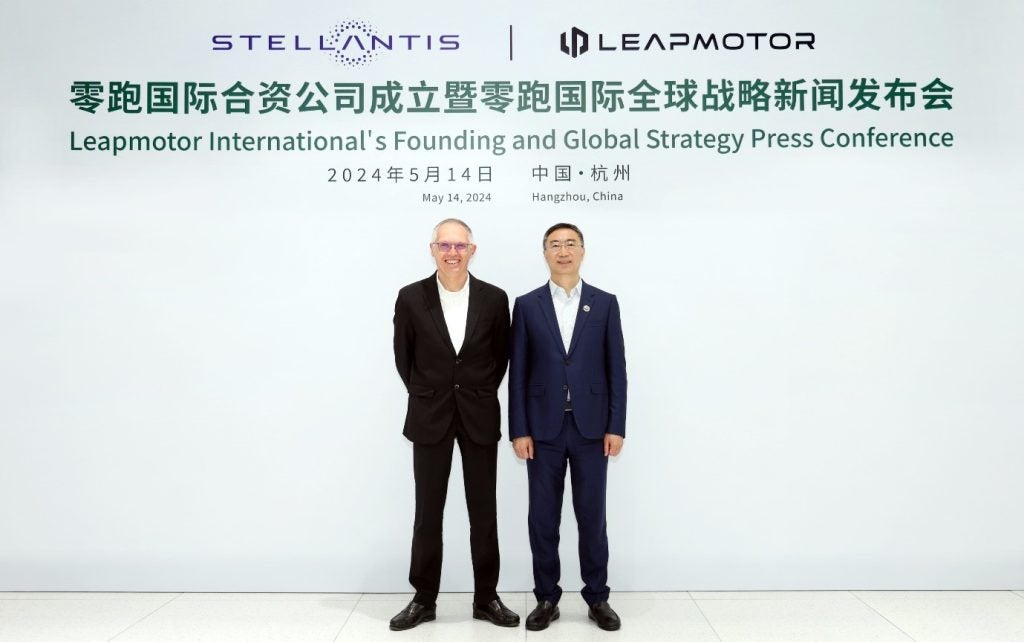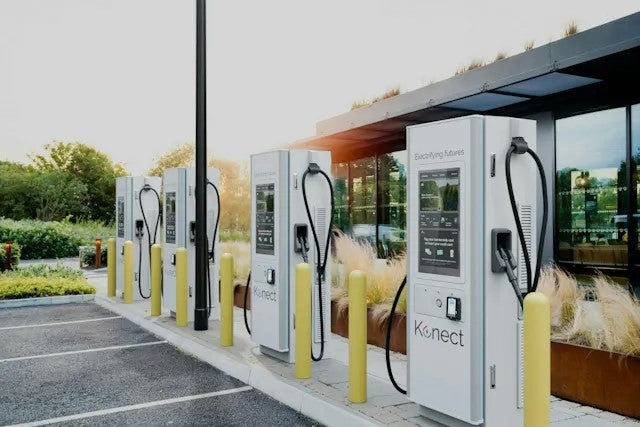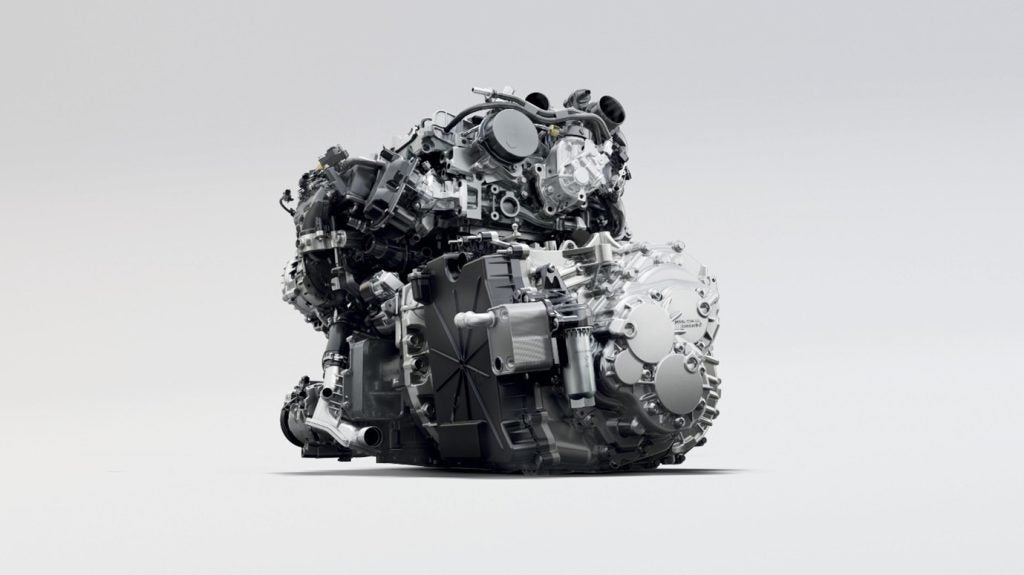
Stellantis said it was taking a new approach “to manage and secure the long term supply of vital microchips” as auto industry demand for semiconductors rises.
A new strategy was introduced considering customer preferences for technology features.
The company has set up a database to detail semiconductor content, ensuring better monitoring and supply chain control.
Risk assessment identifies and removes no longer suitable parts from the supply chain to avoid disruptions.
The automaker forecasts demand to reserve capacity with chip manufacturers and Silicon Foundries, ensuring steady supply.
A so called ‘green list’ will reduce the number of chip types used and enable allocation in case of shortage.
How well do you really know your competitors?
Access the most comprehensive Company Profiles on the market, powered by GlobalData. Save hours of research. Gain competitive edge.

Thank you!
Your download email will arrive shortly
Not ready to buy yet? Download a free sample
We are confident about the unique quality of our Company Profiles. However, we want you to make the most beneficial decision for your business, so we offer a free sample that you can download by submitting the below form
By GlobalDataStellantis buys direct from chip makers, with long term agreements ensuring stable supply.
It also works on new semiconductor design with the likes of Infineon, NXP Semiconductors, Onsemi and Qualcomm.
It is also considering developing its own semiconductors with AiMotive and SiliconAuto.
Direct agreements worth EUR10bn until 2030 cover essential microchips, including silicon carbide (SiC) mosfets for electric vehicle range, microcontroller units (MCUs) for computing zones in the STLA brain electrical architecture, and system on chip (SoC) for high performance computers used in infotainment and autonomous driving assist.
“We have built a comprehensive ecosystem to mitigate the risk that one missing chip can stop our lines,” said purchasing head Maxime Picat.







